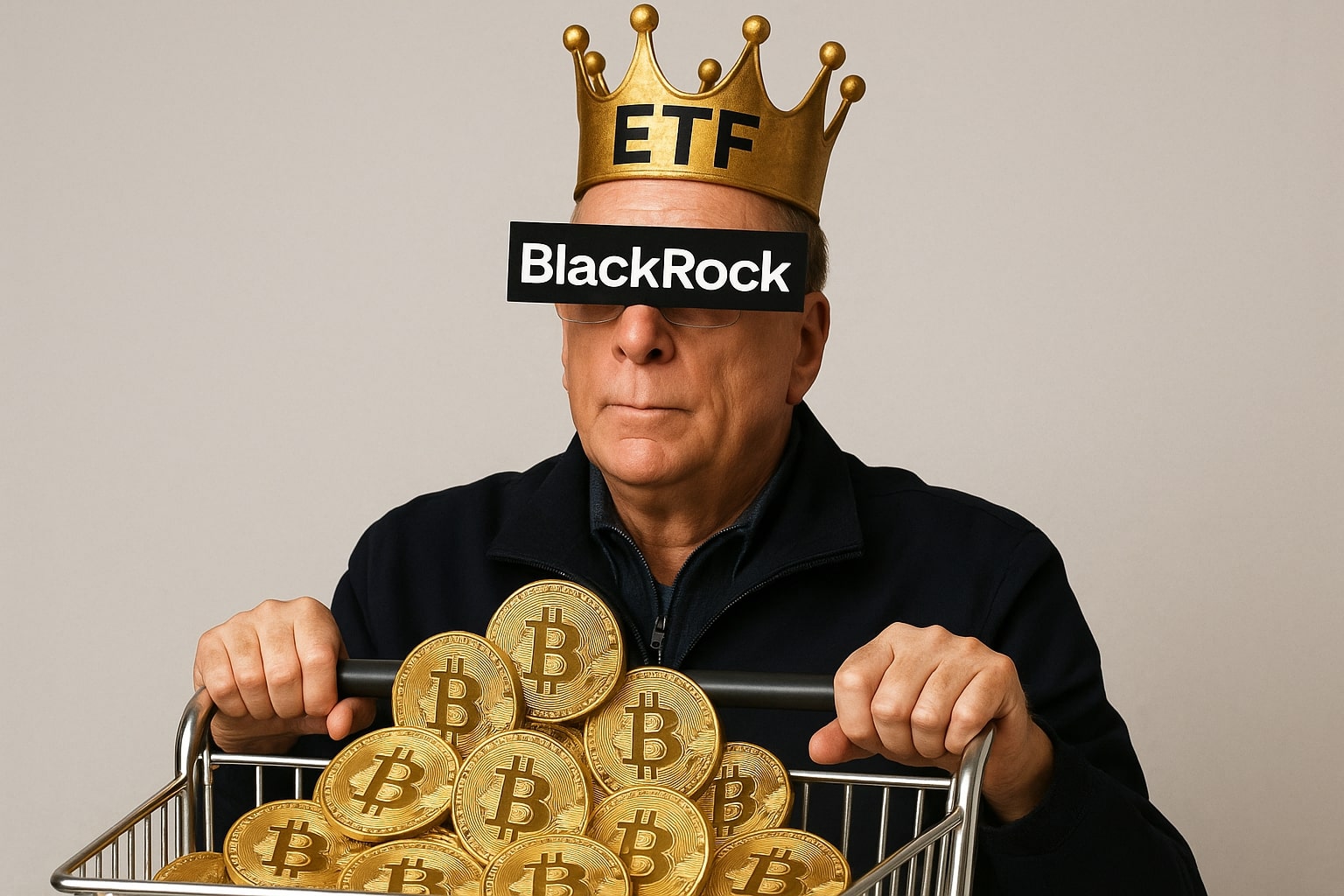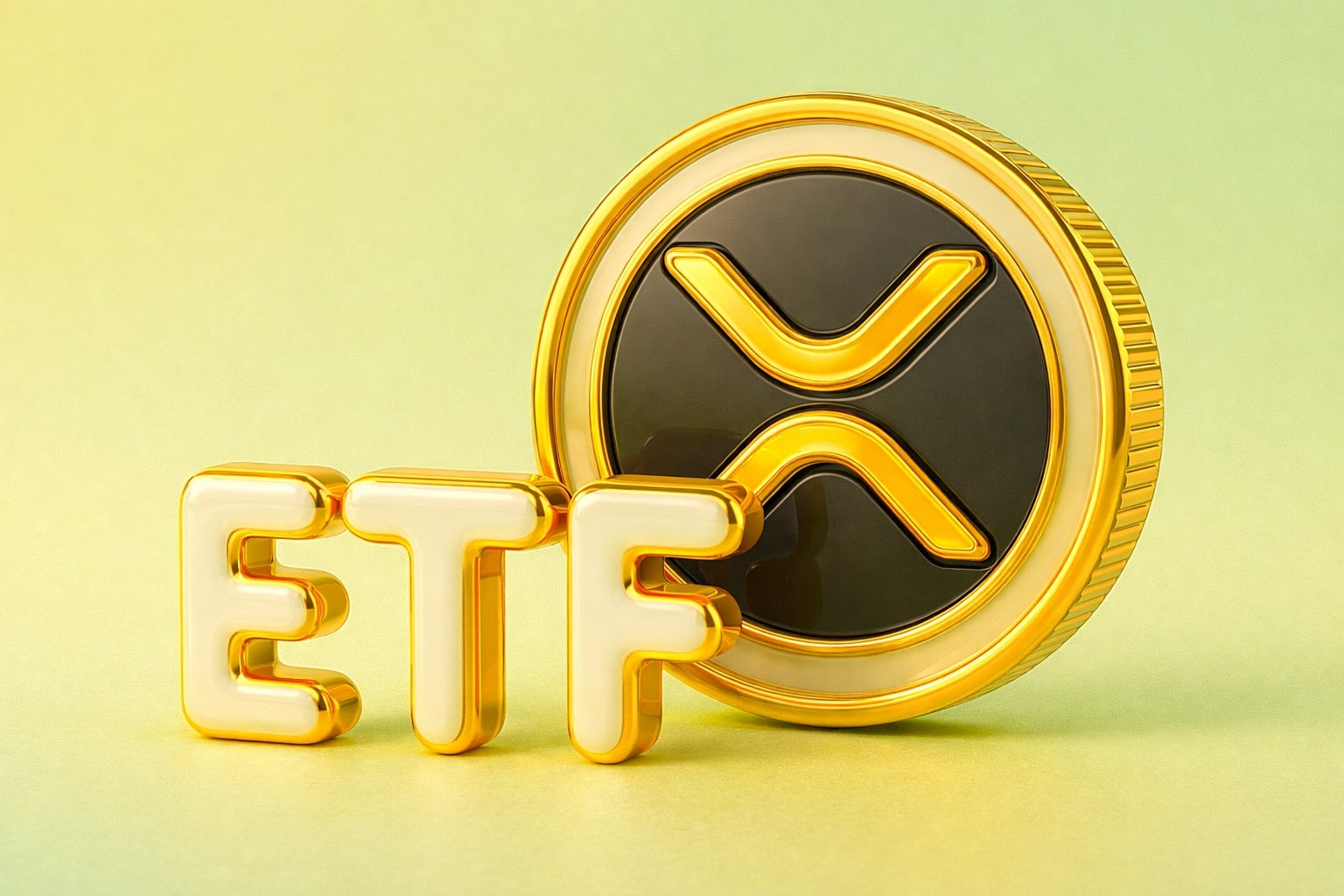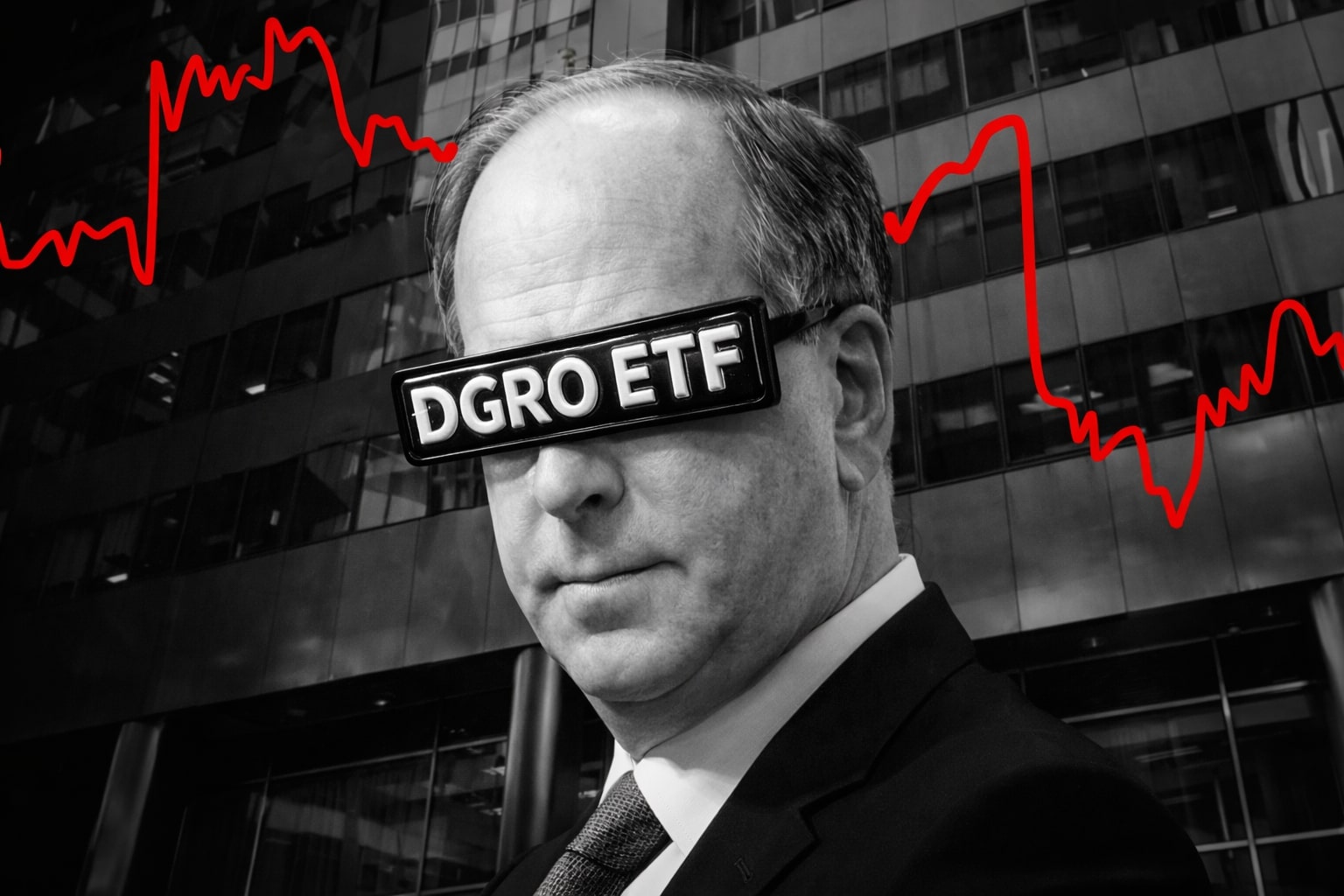
Bitcoin ETF Inflows Explode to $3B as IBIT Surpasses $75B and BTC Targets $111K
Institutional buying via ETFs drives BTC-USD price while macro risks and options expiry tighten the trading range | That's TradingNEWS
Bitcoin (BTC-USD) ETF Flows Hit $3B in 13 Days as Institutional Flood Intensifies
Bitcoin (BTC-USD) is locked in a tug-of-war between options expiry gravity and institutional demand surging through ETF pipelines. With price pinned near $107,354, the market may appear still—but beneath the surface, capital rotation via spot Bitcoin ETFs is reshaping BTC's risk profile and tightening supply. Over the past 13 trading days, U.S. spot ETFs have absorbed more than $2.9 billion in net inflows, reinforcing the case for continued upside even as technical resistance caps momentum.
BlackRock's IBIT Dominates with $75B AUM, Outearning IVV ETF at $186M in Fees
The iShares Bitcoin Trust (IBIT) by BlackRock has become the de facto institutional gateway to Bitcoin, pulling in over $52 billion since launch and now managing more than $75 billion in AUM, equal to 3% of Bitcoin’s total circulating supply. More strikingly, it now outpaces BlackRock’s own S&P 500 ETF (IVV) in annual fee revenue: $186 million for IBIT vs. $183 million for IVV, despite IVV’s $609 billion asset base. This dynamic underscores the outsized appetite for crypto exposure and the profitability of digital asset ETFs even with modest fees.
ETF Net Assets Soar to $133B, Representing 6.25% of Total BTC Market Cap
As of June 27, total net assets under management across U.S.-listed Bitcoin ETFs stand at $133.17 billion, amounting to 6.25% of Bitcoin’s total market capitalization. The cumulative net inflow has now reached $48.87 billion, and is poised to break $50 billion in early July. These flows have become structurally important for BTC's price floor, especially as on-exchange balances have declined to 1.21 million BTC, the lowest since December 2017.
Fidelity's FBTC Gains Ground with $21.5B AUM, Adds $166M in One Day
While BlackRock leads, Fidelity’s Wise Origin Bitcoin Fund (FBTC) is catching up. With $21.5 billion in AUM and $12 billion in cumulative inflows, FBTC added $166 million in a single day—June 27. Ark Invest’s ARKB followed closely with $150.3 million, showing a competitive ETF ecosystem that continues to attract capital at scale.
Technical Compression vs. Macro Risks: BTC Trapped Between $104K Support and $111.9K Resistance
From a technical lens, BTC-USD is battling resistance near $107,000 to $108,500, with $111,900 as the next breakout target. The daily chart shows a bullish flag coupled with a cup-and-handle formation—historically strong bullish continuation signals. However, a $40 billion BTC options expiry looms, with a max pain point at $102,000 that could act as a short-term anchor. Any decisive daily close above $108,000 may trigger a run toward $112,000, with $115,000 possible if ETF flows remain aggressive.
Spot ETFs Outperform Gold ETFs: $3B Inflows vs. $1B Outflows in 5 Days
In a striking reversal of macro hedging preferences, Bitcoin ETFs saw $3 billion in net inflows over five days, compared to $1 billion in gold ETF outflows. This capital rotation underscores investor belief that BTC now offers superior inflation protection or asymmetric upside versus traditional commodities. Analysts view this as a structural shift in portfolio construction.
BTC ETF Liquidity Cluster Strengthens Around $105K–$107K as On-Chain Volume Slips
While ETF inflows remain hot, on-chain volume and user activity are cooling. Transfer volumes dropped 36% this quarter, and spot transaction growth has slowed significantly. But this dissonance is not necessarily bearish: Glassnode data shows long-term holders are accumulating over 800,000 BTC per month, reducing available float and creating a soft supply squeeze. Price action has now formed a fair value gap between $104,000–$105,500, offering structural support as options pressure and ETF flows collide.
IBIT Becomes Fastest ETF to Hit $70B AUM—Beating SPDR Gold by 5x Margin
BlackRock’s IBIT not only dominates in fees—it also smashed records for growth velocity. It became the fastest ETF ever to hit $70 billion AUM, reaching the milestone in just 341 days, five times faster than SPDR Gold Shares. ETF analyst Eric Balchunas called it a "Satoshi-size" ETF, with IBIT jumping from 47th to 4th in U.S. ETF inflows for 2025. This implies rising institutional trust in regulated Bitcoin vehicles, now more stable than many equity-linked ETFs.
KraneShares and Coinbase 50 Index ETF Signal Multi-Asset Crypto Expansion
Beyond Bitcoin, the race is on to build diversified crypto ETFs. KraneShares filed with the SEC for the Coinbase 50 Index ETF, tracking the largest 50 digital assets including Bitcoin (50%), Ethereum (21%), and XRP (9%). Backed by China International Capital Corporation, this signals global interest in crypto exposure via U.S.-regulated products. Over 70 crypto ETFs are awaiting SEC review, including proposals tied to XRP, Solana, Dogecoin, and Litecoin.
Macro Headwinds: Core PCE Uptick to 2.7% Reduces Fed Cut Odds
The Fed’s preferred inflation gauge—Core PCE—rose from 2.6% to 2.7%, dampening hopes for a near-term rate cut. While Bitcoin is often touted as a macro hedge, tighter financial conditions have historically curbed upside. The question now is whether ETF-driven demand can offset macro drag. So far, institutional flows suggest that buyers are less sensitive to Fed rhetoric than retail traders.
Bitcoin ETF Buy, Sell or Hold?
Bitcoin (BTC-USD) remains in a structurally bullish setup driven by $48.87 billion in ETF flows, shrinking supply, and growing institutional dominance. With liquidity magnet zones around $104,000–$105,500 and upside potential toward $111,900, BTC is best rated as Buy on dips. Any daily close above $108,000 strengthens the bullish thesis. Caution is warranted around options expiry and macro headlines, but ETF firepower is proving sufficient to absorb volatility and grind prices higher.
If ETF flows continue at current pace, the $115,000 level may be tested before the end of July. This is no longer a speculative trade—it’s a capital rotation event reshaping digital asset exposure at a global scale.
That's TradingNEWS
Read More
-
DGRO ETF Price: Is DGRO at $69.17 Still the Better Dividend-Growth Bet?
17.12.2025 · TradingNEWS ArchiveStocks
-
XRP Price Stuck Below $2 As XRPI at $10.74 and XRPR at $15.26 Ride $1B+ ETF Inflows
17.12.2025 · TradingNEWS ArchiveCrypto
-
Natural Gas Price Forecast - NG=F Steady Near $4 as TTF Jumps on Colder Forecasts and LNG Outage Risk
17.12.2025 · TradingNEWS ArchiveCommodities
-
USD/JPY Price Forecast: USDJPY=X 155.50 Pivot Before BoJ Hike and US CPI
17.12.2025 · TradingNEWS ArchiveForex

















